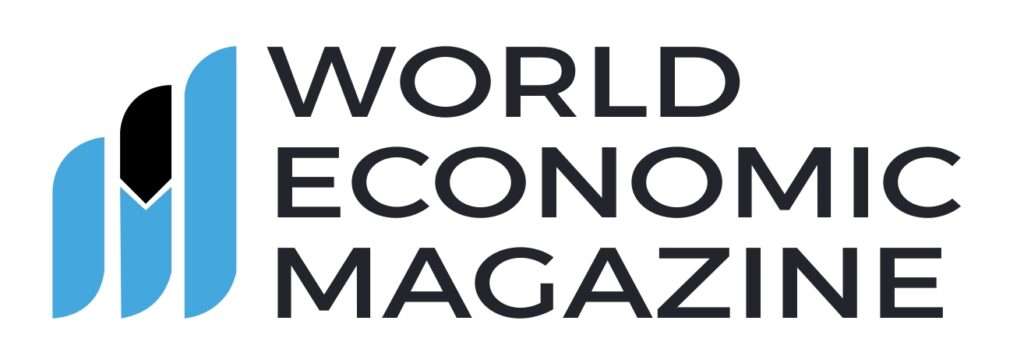
Stablecoins and Stripe: Transforming Remote Work Payments
Remote work has become a lifeline for millions globally, offering opportunities previously unimaginable. Yet, for freelancers like Maria from Argentina, the challenges of getting paid internationally have long cast a shadow over this modern way of working. Maria’s monthly ferry trips from Buenos Aires to Uruguay just to access her earnings highlight the rigidities of traditional financial systems, especially under restrictive capital controls. Today, the emergence of stablecoins and tech innovations like Stripe’s payment infrastructure are reshaping how freelancers and contractors navigate global payments.
From Hustle to Harmony: The Rise of Stablecoins in Freelancing
In recent years, stablecoins—digital currencies pegged to stable assets like the US dollar—have emerged as a transformative tool for workers in economies plagued by fluctuating local currencies and restrictive banking regulations.
In Argentina’s bustling Palermo district, the proliferation of signs accepting stablecoins marks a significant financial evolution. Once limited to crypto enthusiasts, stablecoins now serve as a reliable means for freelancers and businesses to transact.
“Freelancers are a natural market for stablecoins,” notes Martin Carrica, founder of Mountain Protocol. “These tools provide immediate access to dollars without requiring traditional banking systems, which can be inaccessible or impractical in many regions.”
Adoption at Scale: Stablecoin Payments Rival Traditional Networks
The global adoption of stablecoins is reflected in their soaring transaction volumes. Recent data from Visa and Castle Island Ventures shows monthly stablecoin transaction volumes have reached $450 billion—nearly half of Visa’s $1 trillion monthly processing volume.
This impressive growth has attracted institutional attention, as evidenced by Stripe’s $1.1 billion acquisition of Bridge, a stablecoin payment infrastructure startup. Despite Bridge’s modest revenue of $10–12 million, the acquisition underscores Stripe’s belief in the transformative potential of stablecoins for global payments.
| Metric | Amount |
| Stablecoin Market Cap | $200 billion (2025) |
| Monthly Stablecoin Volume | $450 billion |
| Visa’s Monthly Volume | $1 trillion |
Remote.com Sets a New Standard
Remote.com, a leading HR platform for international talent, is pioneering stablecoin adoption by enabling contractors in 69 countries to receive payments in USDC via Stripe Connect.
This move addresses one of the biggest hurdles in global hiring: providing reliable and swift payment options. “Emerging markets like Nigeria, Colombia, and Argentina are particularly poised to benefit,” explains Job van der Voort, CEO of Remote.com.
Stablecoin payouts have gained traction in industries such as technology, media, and translation services—sectors where cross-border contracting is commonplace.
Stablecoins Gain Government Interest
Stablecoins are no longer limited to private sector use. U.S. government agencies are reportedly exploring their potential for international disbursements. This development highlights the growing recognition of blockchain technology in modernizing financial systems.
For workers like Maria, these advancements go beyond convenience. They symbolize empowerment. “I can now receive my earnings with a few clicks instead of losing an entire day,” Maria reflects.
Stablecoins: A Lifeline for Emerging Economies
Emerging markets stand at the forefront of this financial revolution. In countries like El Salvador, Nigeria, and Brazil, where financial instability often undermines economic opportunities, stablecoins offer a robust alternative to traditional banking systems.
Freelancers in these regions can bypass local currency volatility and directly access dollar-backed stablecoins, ensuring more predictable and secure financial outcomes.
The Strategic Role of Stripe and Bridge
Stripe’s acquisition of Bridge marks a significant milestone in integrating stablecoins into mainstream financial systems. This move reflects a broader industry acknowledgment that blockchain-based payment infrastructure can address long-standing inefficiencies in cross-border payments.
Bridge’s infrastructure, now part of Stripe’s portfolio, simplifies stablecoin disbursements, making them more accessible to businesses and governments alike.
The Road Ahead: Stablecoins as a Global Norm
The stablecoin market’s growth trajectory shows no signs of slowing. With a market cap nearing $200 billion, 2025 could be the year when stablecoins fully integrate into mainstream finance.
This shift represents a convergence of grassroots adoption, corporate investment, and government interest, illustrating how financial technology can rapidly evolve to solve real-world problems.
From Maria’s ferry rides to Remote.com’s seamless stablecoin payments, the journey of stablecoins exemplifies how technology can empower individuals and reshape global economic systems. As companies like Stripe continue to innovate, stablecoins are poised to play a critical role in making global finance more inclusive, efficient, and accessible.
For freelancers, contractors, and businesses worldwide, the rise of stablecoins represents more than a technological evolution—it’s a financial revolution.






